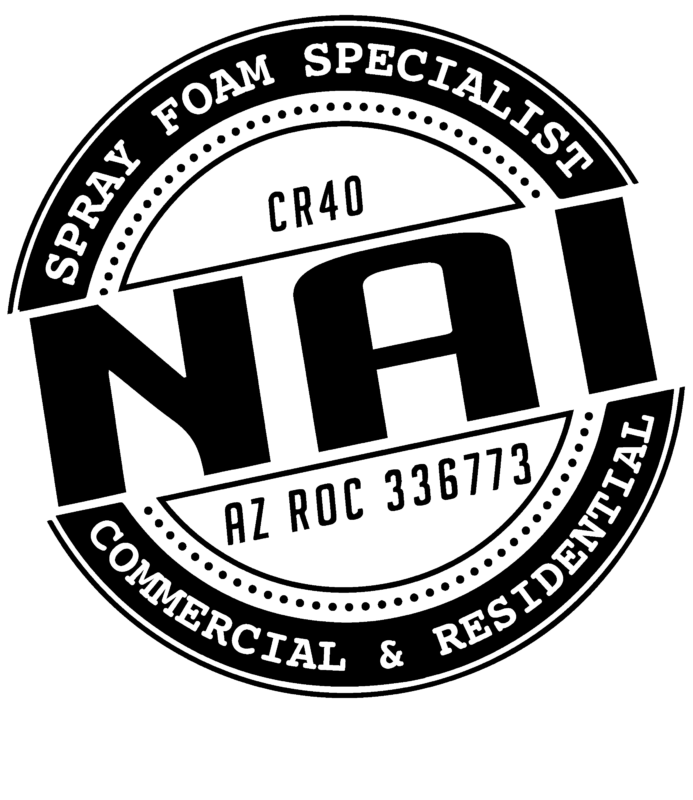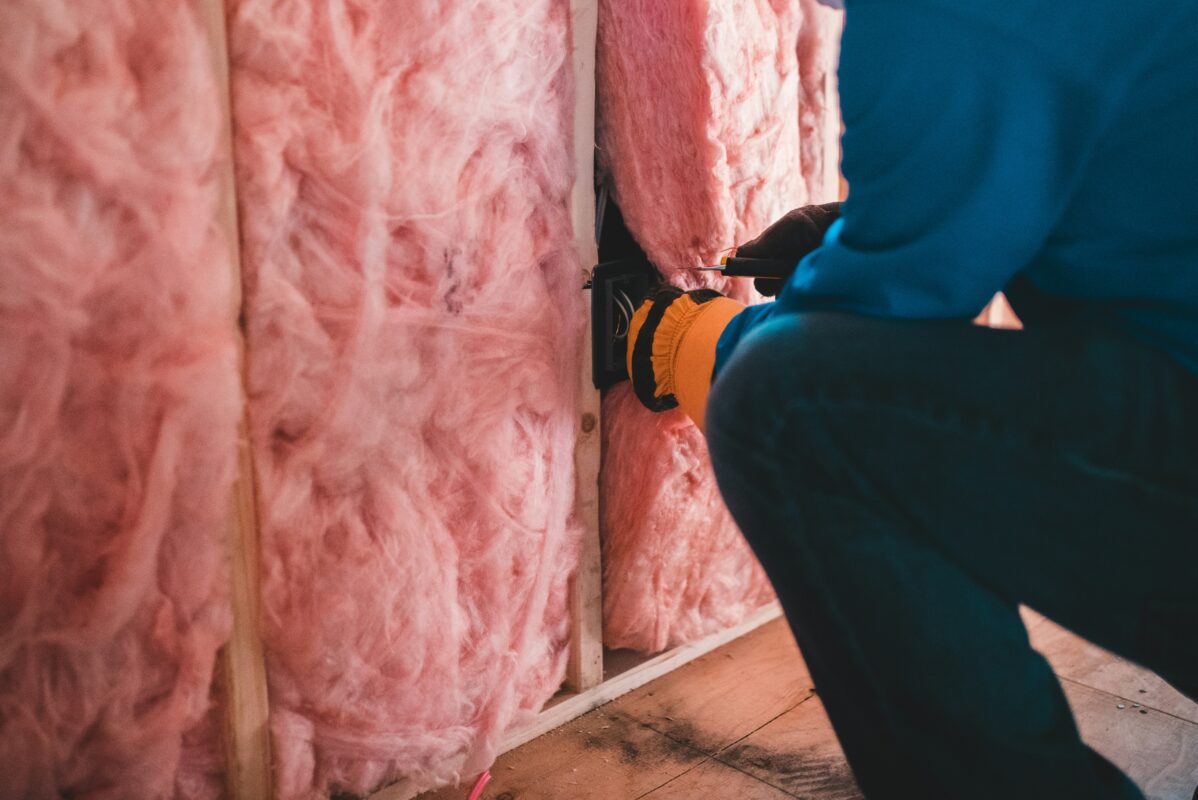Insulation is the quiet hero that keeps us comfortable and our energy bills manageable. For many homeowners, the term “fiberglass insulation” might ring a bell, but the specifics of what it is, how it works, and why it’s a crucial component of your house’s structure might still be veiled in some mystery. Here we will peel back the layers of fiberglass insulation to reveal how it impacts the environment, your home’s comfort levels, and your wallet.
What Is Fiberglass Insulation?
Fiberglass insulation is made from molten glass that is rapidly cooled into fibers. These fine fibers are woven together to create a pliable material that can be installed in the walls, ceiling, and flooring of buildings to reduce the transfer of heat. It’s available in various forms, including batts, rolls, and loose-fill, allowing for flexible installation methods.
The Environmental Impact
Sustainability is a growing concern, and as homeowners, our choices directly influence our ecological footprint. Fiberglass insulation, on the face of it, seems rather benign, composed mainly of silica sand, recycled glass, and other naturally occurring minerals. It’s also a key player in energy conservation, reducing the need for excessive heating and cooling, which in turn lessens our reliance on fossil fuels.
However, the production of fiberglass can be energy-intensive, and respiratory irritants like formaldehyde are sometimes used as binders in certain types of fiberglass insulation. To mitigate this, some manufacturers produce fiberglass insulation with lower levels of volatile organic compounds (VOCs) and may offer products with high-recycled content, promoting a more eco-friendly insulation solution.
Understanding the impetus behind your environmental choices, and the level of research manufacturers put into their products, will enable you to make a choice that aligns with your sustainability goals.
Key Characteristics of Fiberglass Insulation
Fiberglass insulation offers several key characteristics that make it an attractive option for homeowners looking to improve their energy efficiency and create a more comfortable living space.
Thermal Performance
The primary function of fiberglass insulation is to resist the flow of heat. This quality, commonly referred to as the R-value, is a measure of its thermal resistance. Higher R-values provide better insulation performance, helping to maintain a stable indoor temperature, regardless of external weather conditions.
Acoustic Benefits
In addition to thermal insulation, fiberglass can also provide significant acoustic benefits. The dense fibers of fiberglass act as a sound absorber, reducing the transmission of outside noise and internal sound transfer within the household.
Fire Resistance
The non-combustible nature of glass makes fiberglass insulation an excellent fire-retardant material. It can help slow the spread of fire, providing valuable time for evacuation and minimizing the damage to the structure.
How to Install Fiberglass Insulation
Proper installation is just as critical as the selection of the material. If installed incorrectly, the insulation may lose its effectiveness, leading to air leaks and thermal bridging.
Preparation
Before you begin, it’s crucial to prepare the area by clearing any debris and ensuring good air circulation. Safety equipment, such as gloves, a mask, and protective eyewear, is essential to prevent skin irritation and inhalation of the fiberglass particles.
Installation Methods
Fiberglass insulation can be installed in several ways, including:
- Batt insulation is pre-cut and fits snugly between studs, joists, and rafters.
- Blanket insulation, similar to batts, is designed to be rolled out and fitted into place.
- Loose-fill insulation is blown or poured into place, typically used for areas where batts and blankets may not be as effective, such as attics or hard-to-reach spaces.
Regardless of the method, it’s important to ensure a tight fit without compressing the material, which can impede its insulating properties.
DIY vs. Professional Installation
While some homeowners opt for a do-it-yourself (DIY) approach, professional installation ensures that the insulation is correctly positioned to maximize its efficiency. In addition, professionals have the training and tools to handle the material safely and may be able to identify and address other insulation-related issues within your home.
Frequently Asked Questions About Fiberglass Insulation
Can I Over-Insulate With Fiberglass?
Over-insulation with fiberglass may have the unintended consequence of creating a vapor barrier if installed in areas where moisture can become trapped, such as attics. While fiberglass itself does not act as a vapor barrier, the installation methods may affect the overall moisture balance in your home. Consulting with an insulation specialist can help determine the right approach for your insulation needs.
Is Fiberglass Insulation an Effective Insulator in All Climates?
Fiberglass insulation can be effective in all climates, but the ideal R-value may vary depending on the regional climate and the structure’s heating and cooling needs. Homes in colder climates may require thicker insulation or additional vapor barriers to prevent heat loss and moisture accumulation, while homes in warmer climates may need ventilation to maintain the roof’s health.
How Long Does Fiberglass Insulation Last?
Properly installed fiberglass insulation can last for the lifetime of your home. It does not settle or deteriorate over time if undisturbed, making it a low-maintenance insulation choice.
Reach Out to NAI Spray Foam Today
Fiberglass insulation offers several key benefits, including thermal performance, acoustic benefits, and fire resistance. By understanding the proper installation methods and potential pitfalls, homeowners can make informed decisions to improve their home’s energy efficiency and comfort level.
Contact NAI Spray Foam today to learn more about our services and how we can help you achieve your sustainability goals. Remember, investing in quality insulation not only benefits your home but also the environment.

